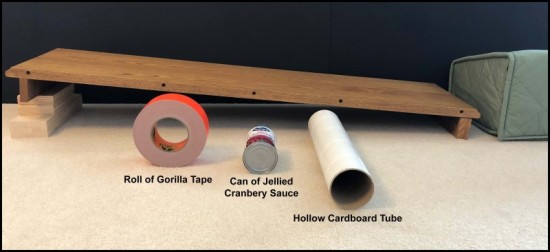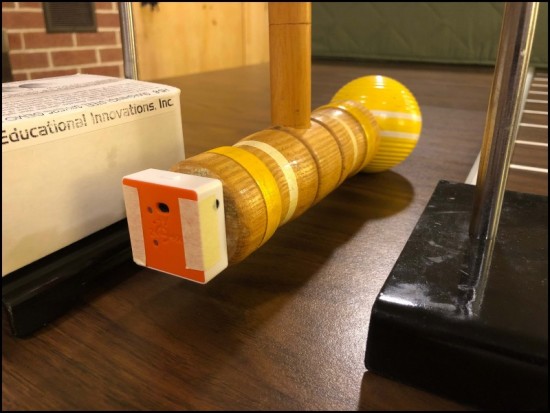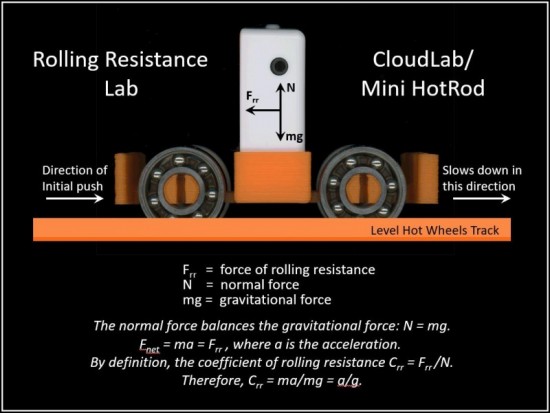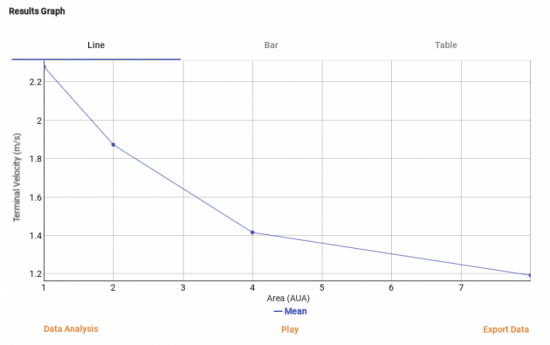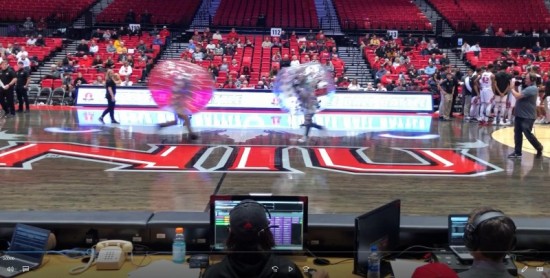How to teach NGSS MS-PS2-1: Newton's Third Law
Using PocketLab to Teach MS-PS2-1: Engineering Design and Newton's Third Law
NGSS Standard MS-PS2-1: What's in the standard?
Teaching NGSS Standard MS-PS2-1 can have challenges. Students need to apply principles in forces and motion to engineer a design that will solve a problem. The performance expectation for the standard states: Apply Newton’s Third Law to design a solution to a problem involving the motion of two colliding objects.



